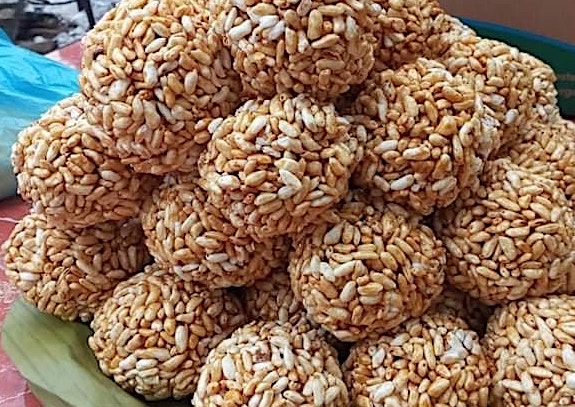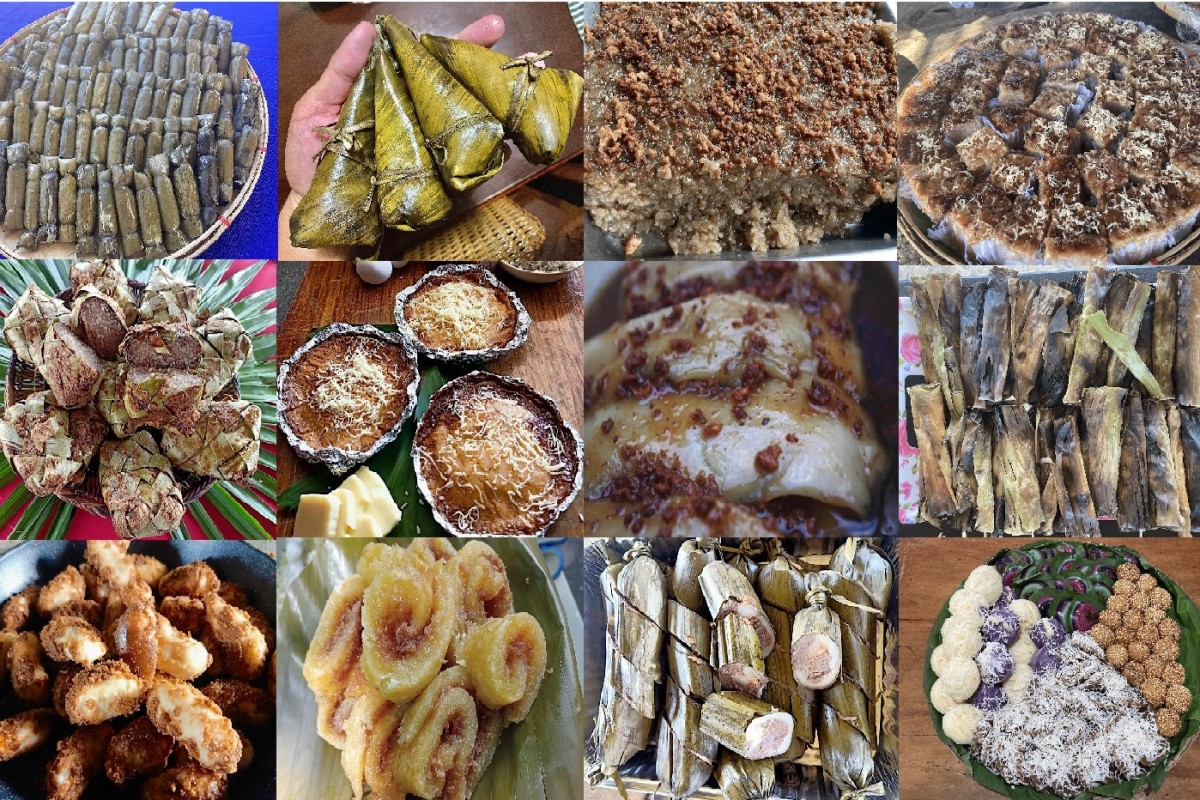A culinary heritage that symbolizes regional identity and uniqueness
Glutinous rice, just like the “regular” kind, is a staple among many ethno-linguistic groups in the Philippines, as well as in other Asian countries. Its significance can be observed from the languages and cultures of these groups of people, and more so on the highly diverse cuisine that developed in each locality or region.
The Cagayan Valley Region lies within the vastness of this “rice cake geographical sphere”, and as a melting pot of various ethnic groups and foreign influences, it is home to a diverse selection of local rice cake dishes. This long list of delicacies, consisting of endemic samples and products of outside influences, could be fascinating perhaps for both the fanatic and the connoisseur. However, they are also worth publicizing for the sake of the curious and the unaware.
Cagayan Valley rice cakes can be best listed and described individually by classifying them by their mode of preparation – whether they are ground or whole grain, and also by their actual cooking method, which could either be steaming or boiling, roasting or baking, or frying. Regardless, it all starts with the ingredient common to them all, which is sticky rice or diket, deko, dekat in the local languages.
Another way to classify them involves identifying which locality or ethnic groups they originate from. The Valley is home to a number of these groups, the most populous of which are the Ilokano; others are the Ibanag, Itawit, Gaddang, Yogad, Malaueg, Isnag, Ilongot, Isinay, Kalanguya, Ayangan Ifugao, Iwak, Ivatan, and the various Agta and Atta groups. Many of these groups have similar rice cakes that vary in name and sometimes slightly, preparation.
As for the Ivatan, anthropologist Francisco Datar explained that the people of Batanes were originally a millet-farming people, hence, the absence of native rice cake recipes in their culture. Most of the rice cakes one can encounter in the present-day Batanes archipelago are influenced by the mainland.
Steamed/boiled rice cakes (dough-based)



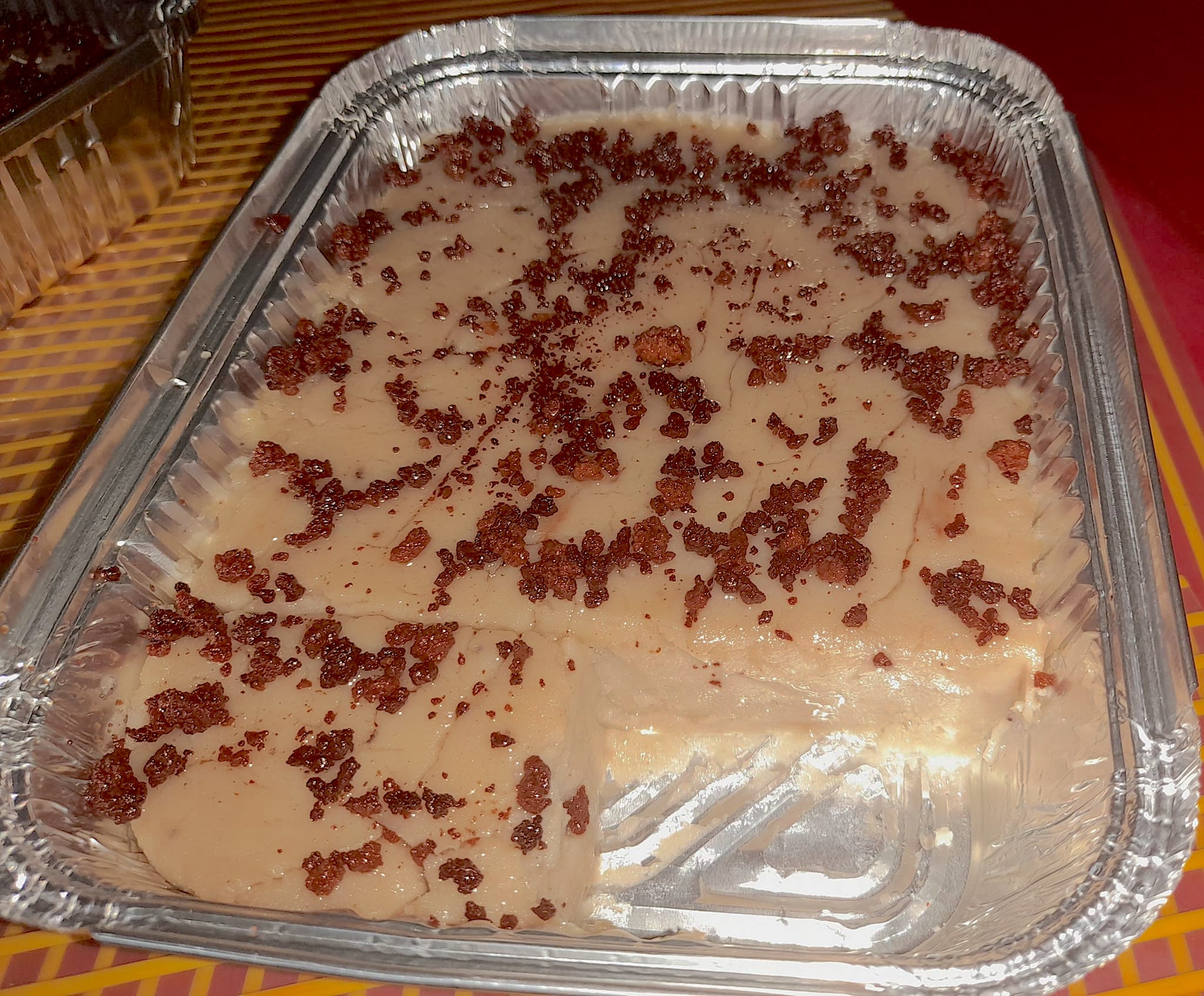

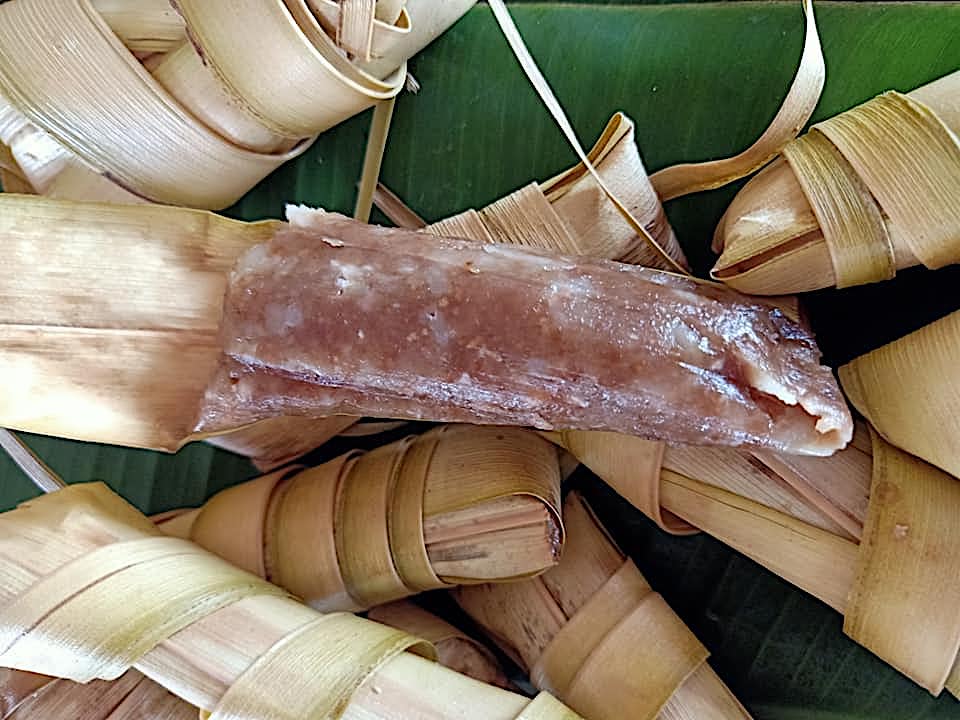
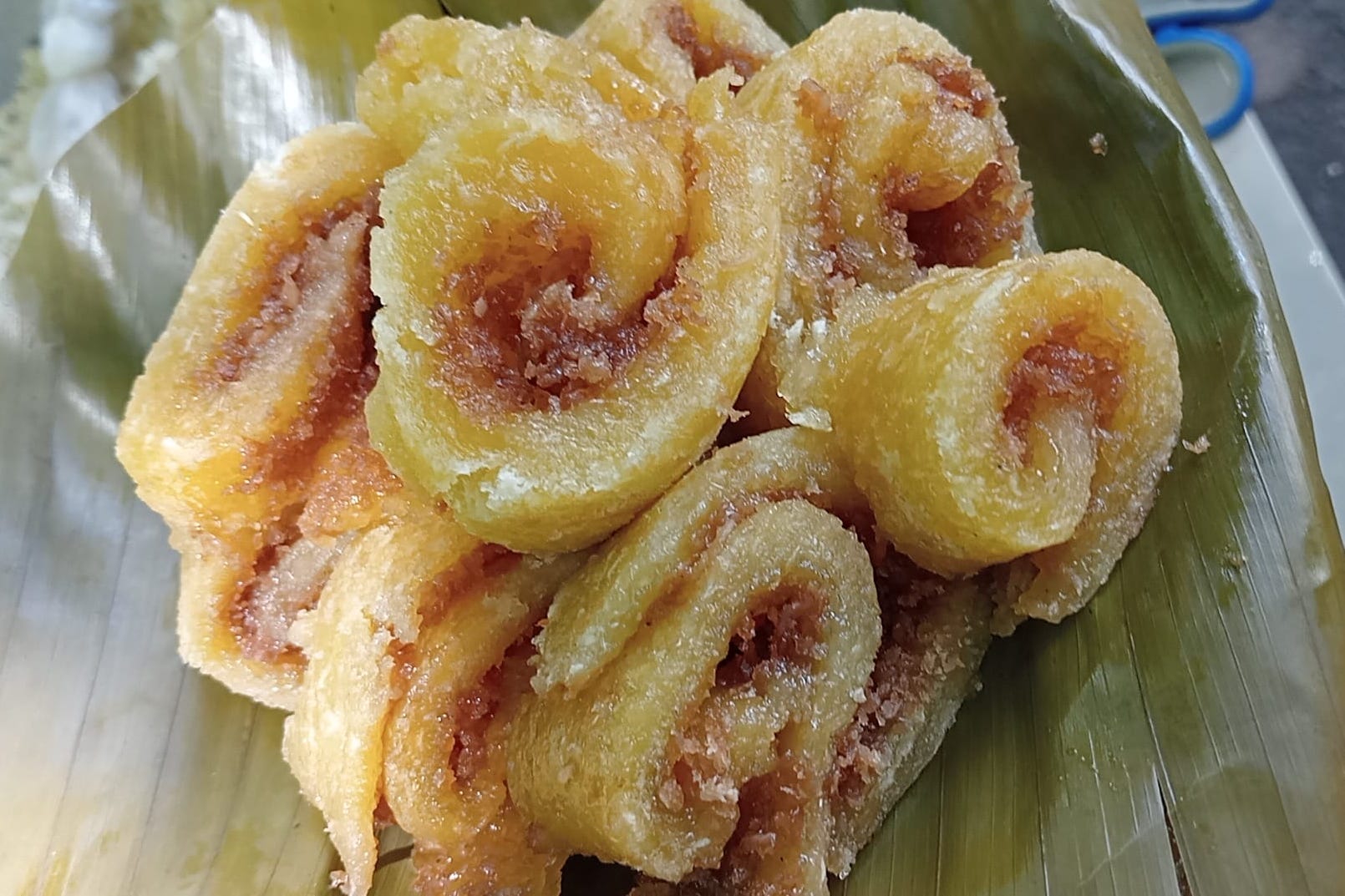

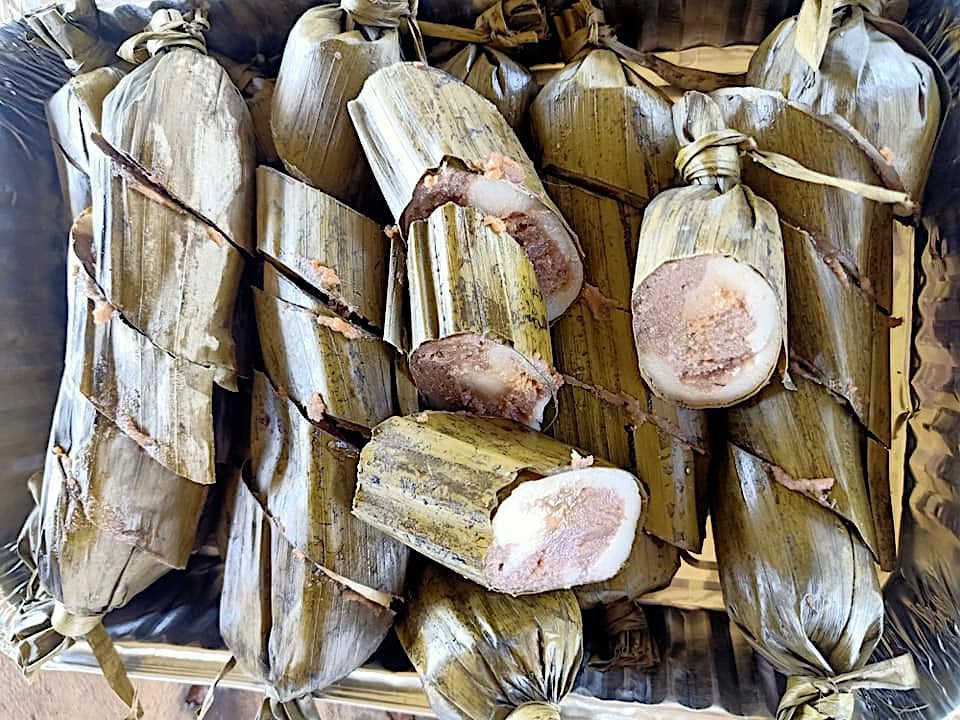
In many cases, local rice cakes also have variations in places beyond the Valley, but this is not surprising as most of the natives of the Philippines and maritime Southeast Asia may trace a common cultural ancestry. On the other hand, some, like those prepared by the Cagayan Valley Ilokano, have very little to no differences at all, with the ones made by their kin in the Ilocos Region.
Native rice cakes that are made from pulverized grains include the binallay, dudul, vinungun, baladibad, linapet, tinubong, pinaluku, tupig, bebengka, tubikoy, kalavukuk, pawa, and linait. On the other hand, locals have adopted and localized dishes from outside such as the moriecos, palitaw, puto, kutchinta, sapin-sapin, butchi, and tikoy. Examples of those that are prepared as whole grain are the inatata, patupat, sinabalu, siggagga, and pinangngag, all of which are endemic to the region.
Boiling or steaming rice cakes usually involves wrapping either rice flour dough or clumps of whole grains with leaves, the most common of which are banana and palm leaves. The same can be said when roasting or baking. Otherwise, doughs take the shape of their container when they are cooked in molds or vessels such as bamboo tubes. When frying, cakes are usually coated with sugar or any other ingredient.
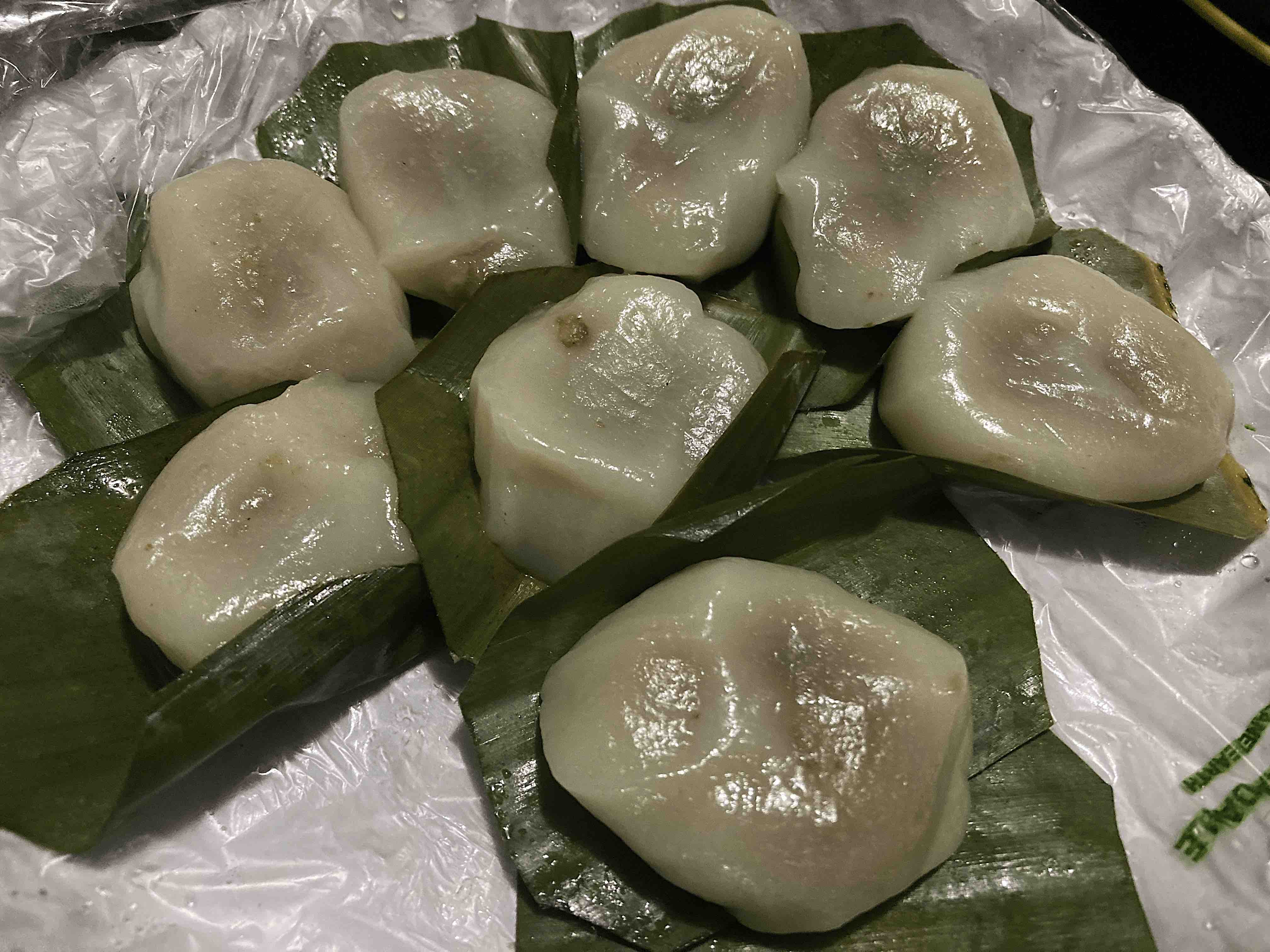
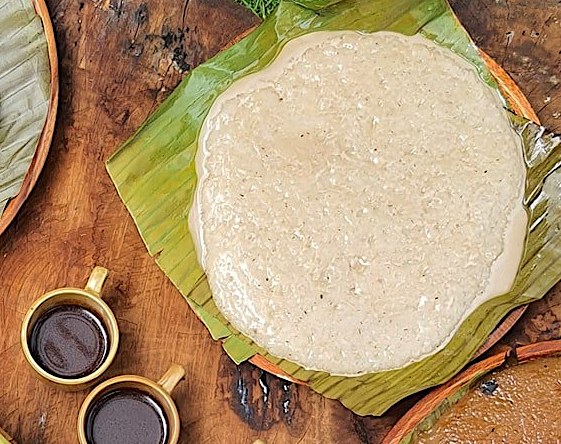
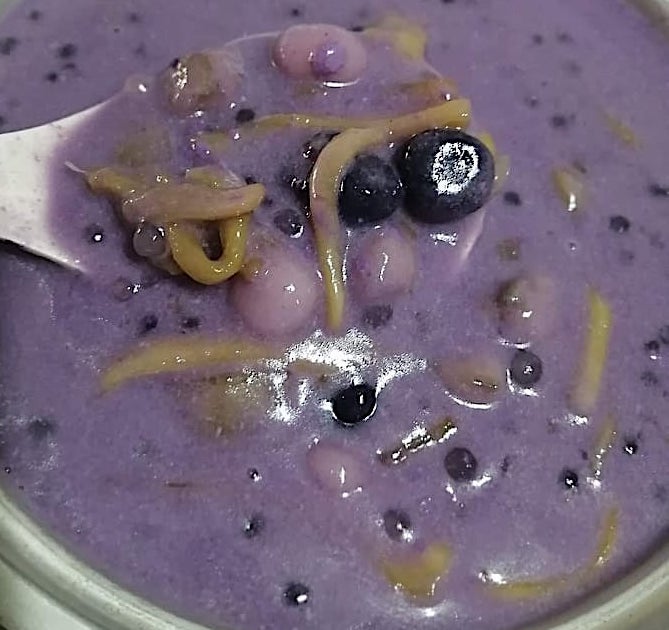
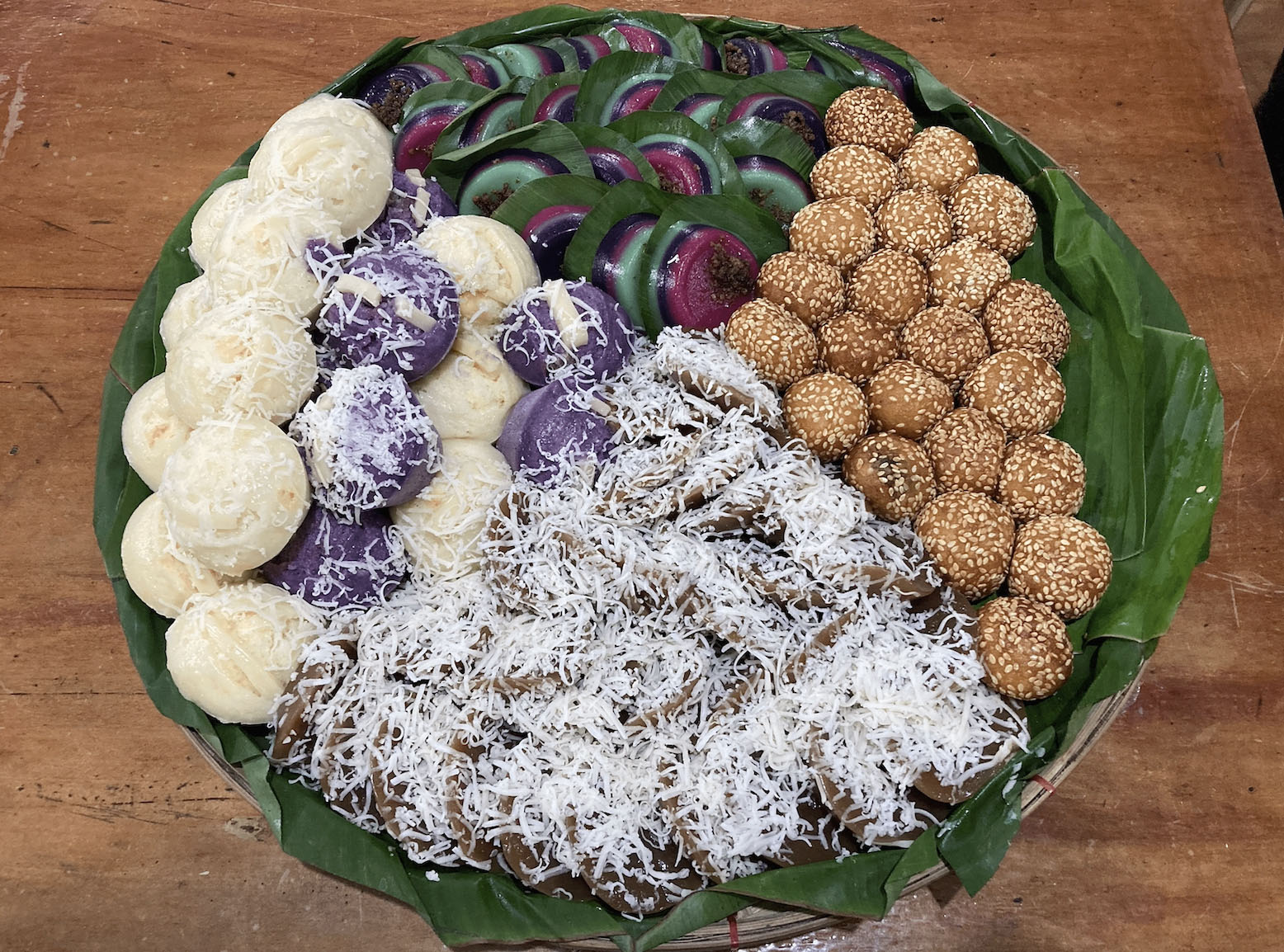
Roasted/baked rice cakes (dough-based)

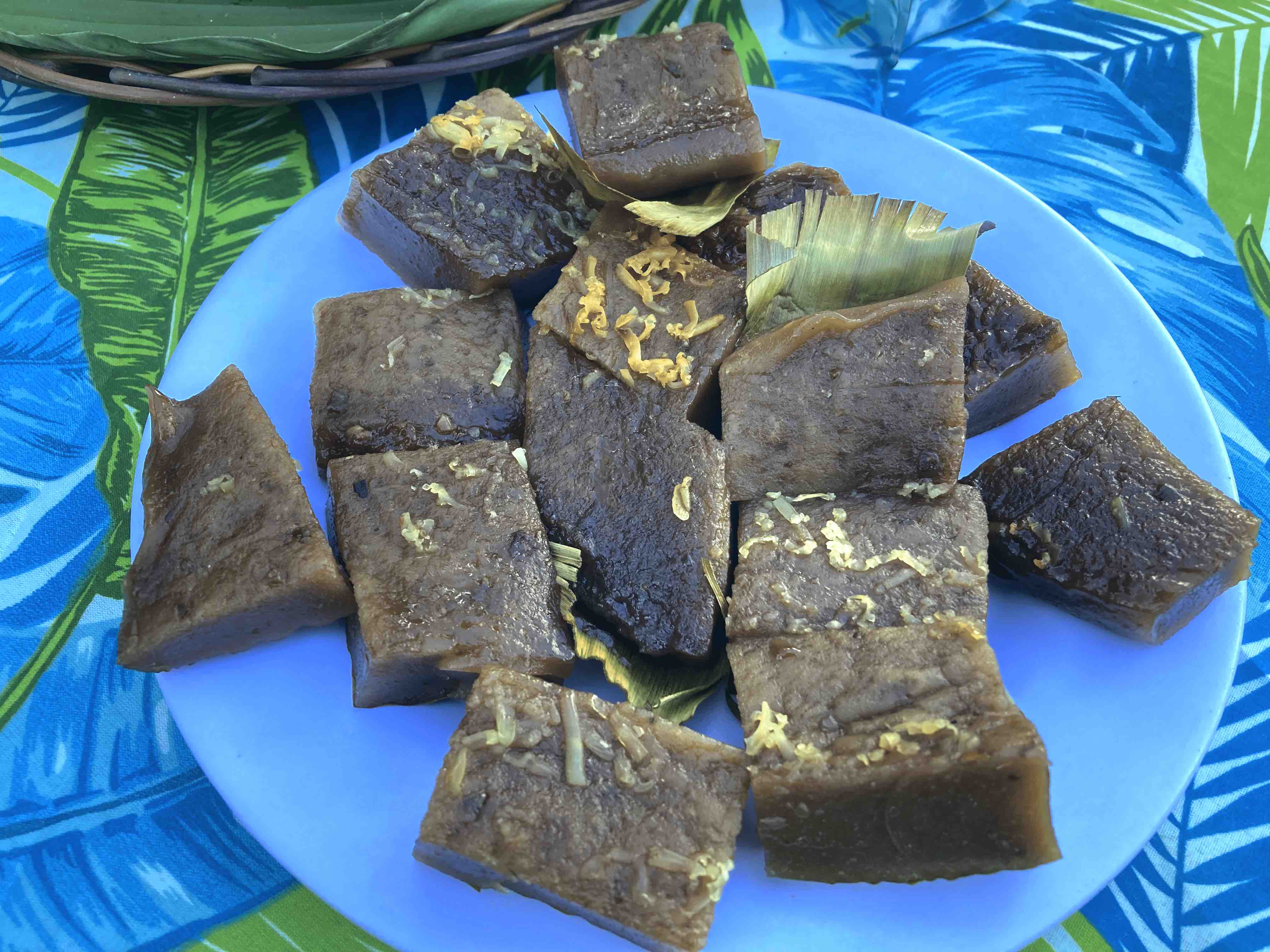

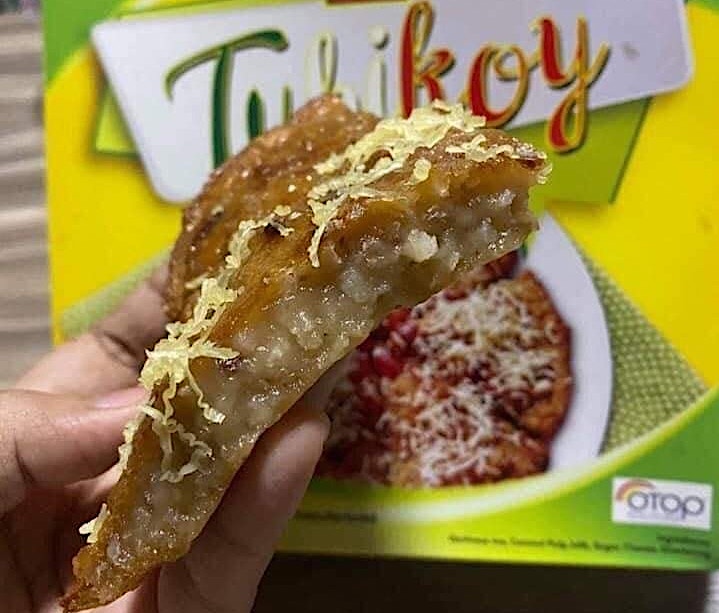
Sweetness is one of two central aspects of traditional rice cake composition. This makes many of these delicacies considered as either meryenda (snack) or desserts that are often traditionally paired with beverages such as coffee or hot cacao drinks. The sweet flavor is commonly derived from sugarcane molasses or caramelized muscovado sugar that either serves as a filling, coating, blended ingredient, or dipping sauce. This syrup, seemingly a pan-regional cultural item in the mainland, is known as tagapulot, issi, or ilangag, in some of the local languages.
Fried rice cakes (dough-based)
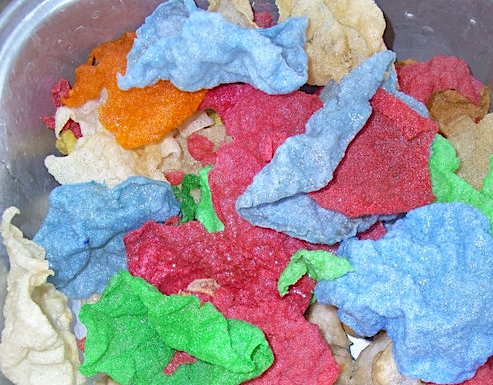
The second common feature of rice cakes is the basic use of coconut derivatives that give unique flavor to most of these dishes, one that may be absent in other rice cake-making countries. Coconut extracts commonly include the milk, and also the meat. The meat commonly serves as a filling or coating, while the milk undergoes a complex preparation process.
While the coconut milk, in its raw form, is also used as a blended ingredient, it is also reduced and caramelized to separate and extract the roasted curd, known as laro, ladek, or larak in local languages, from the coconut oil. The curds, themselves, are also used as fillings, and toppings, or are mixed with the sweet syrup.
Other common features are the use of peanuts as common ingredients for some types of rice cakes, as well as fermentation of ground rice in the pre-cooking phase of the preparation in order to achieve a certain texture or flavor profile.
Rice cake cuisine is a constantly developing and evolving cultural aspect of the Cagayan Valley. Nevertheless, besides evoking positivity and providing social health and physical nourishment to the people of Region 2, it stands as a heritage that was born out of ancient tradition.
As a heritage, it is something that could solidify one’s identity – be it municipal, provincial, regional, national, or ethnic identities. It is something worth being proud of, and thus, something worth protecting and keeping alive for the future generations.
One such way of promoting this cultural aspect of Cagayan Valley is to document these delicacies in order to help preserve the knowledge behind each of them, hence this list. Nonetheless, we can consider that this article may only be the tip of the iceberg, as potential others await discovery and publication to the wider world. (JKC/PIA Region 2)
Steamed or boiled whole-grain rice cakes
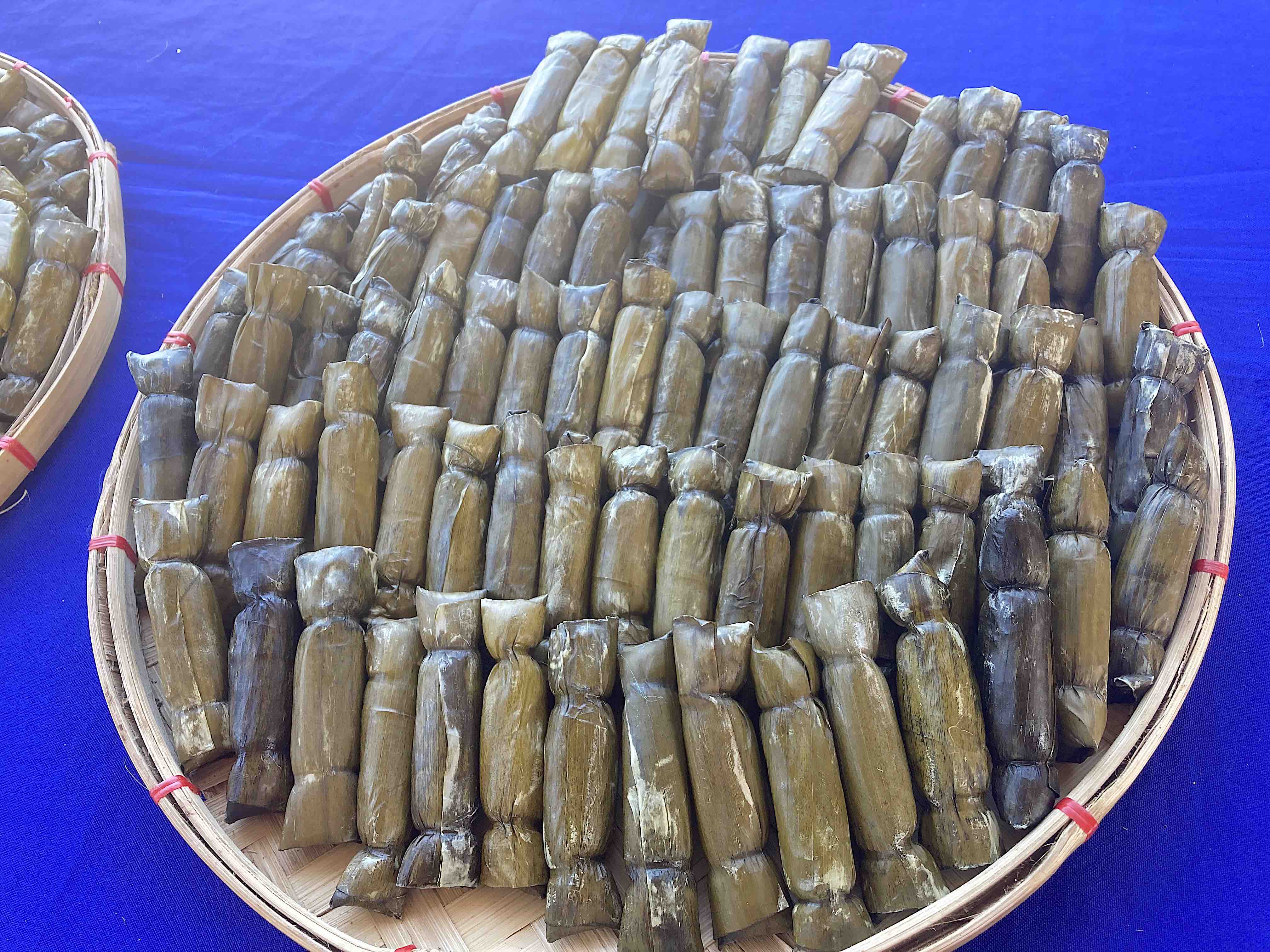
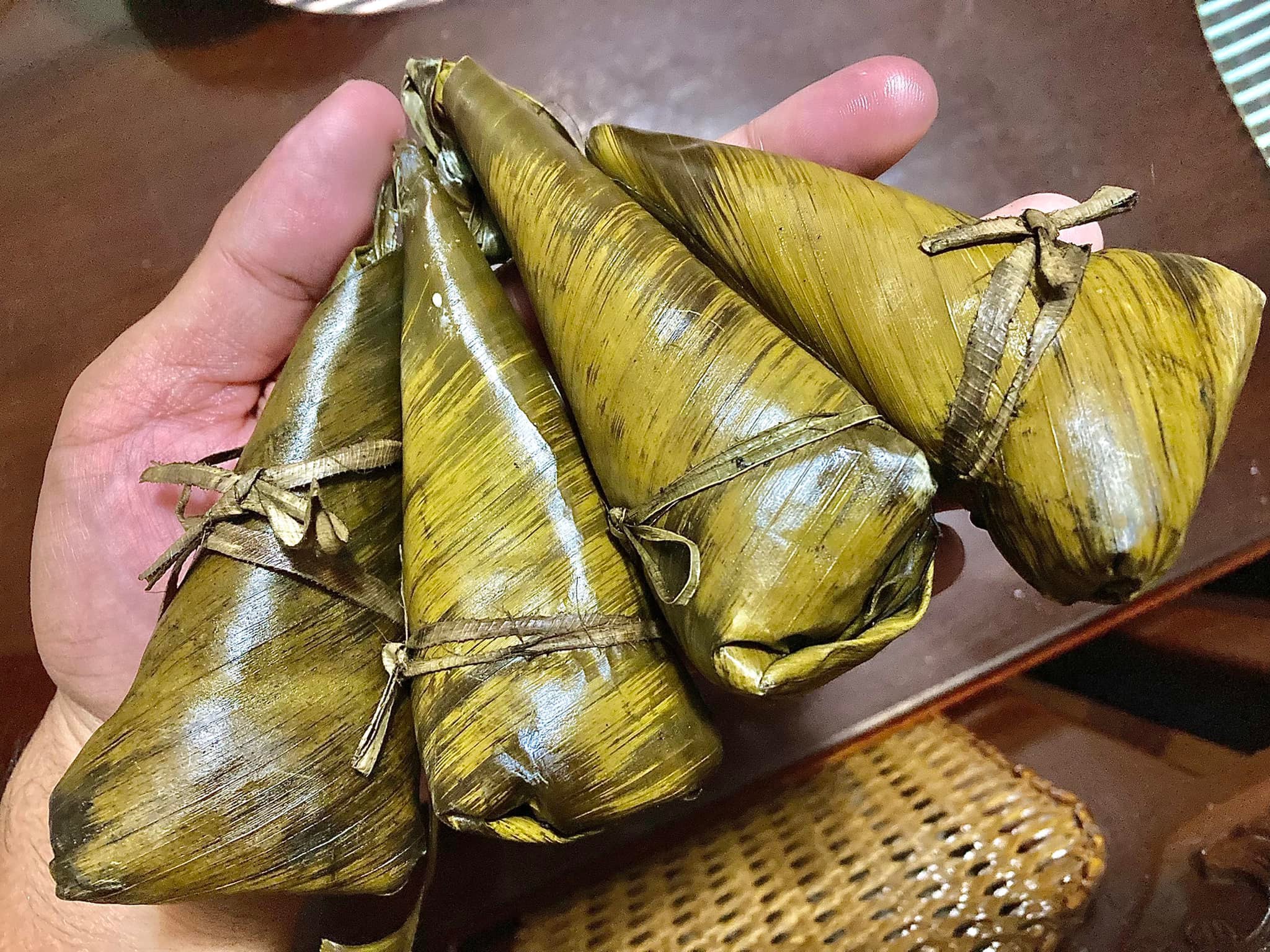
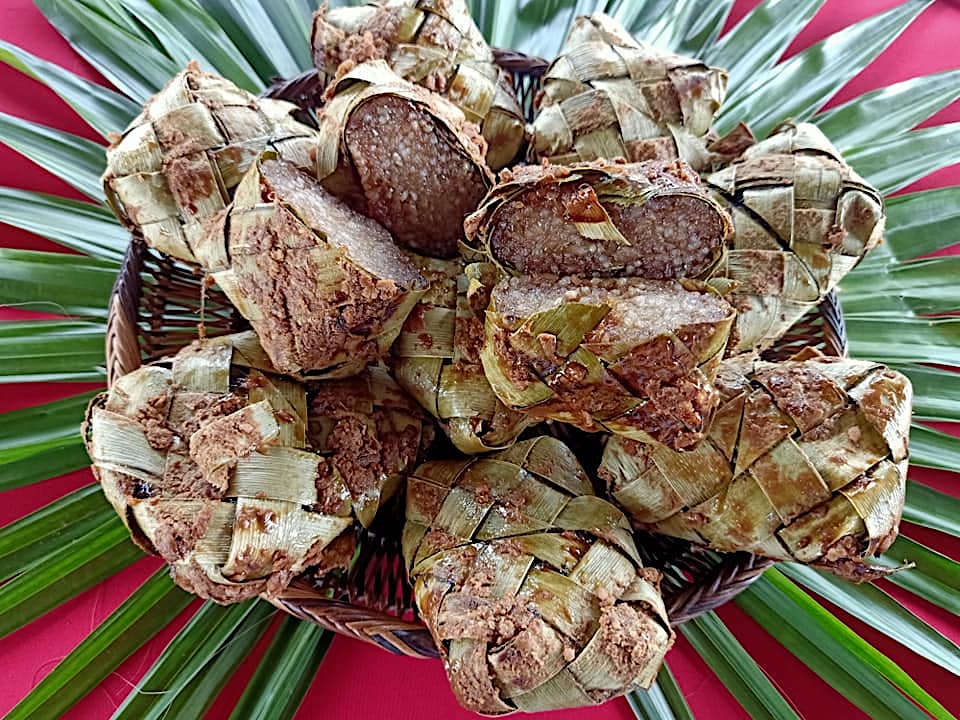
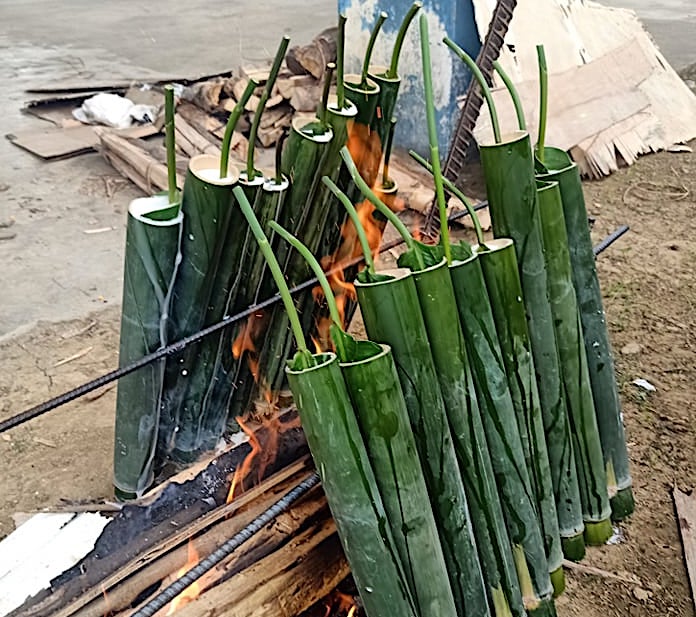
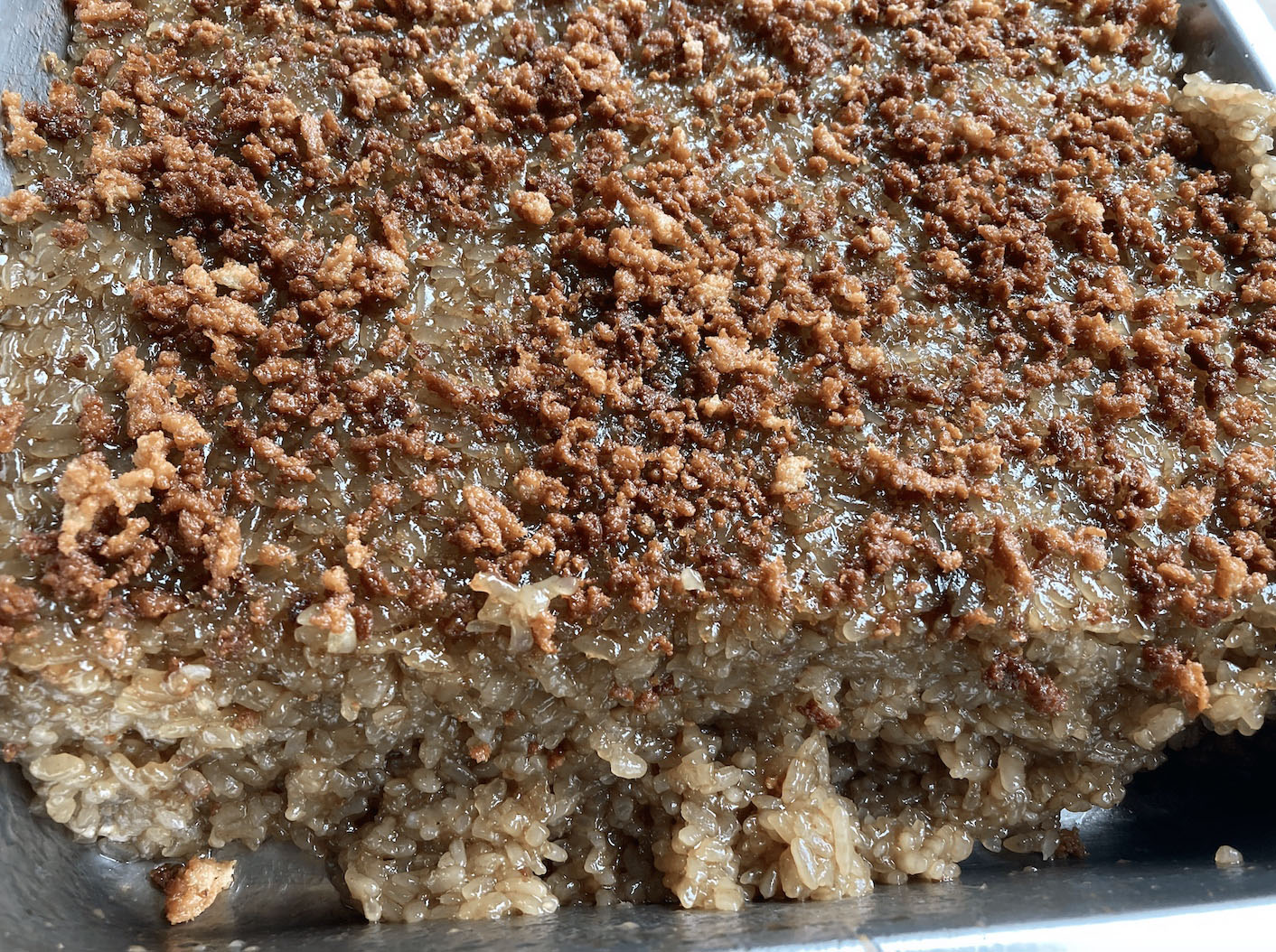
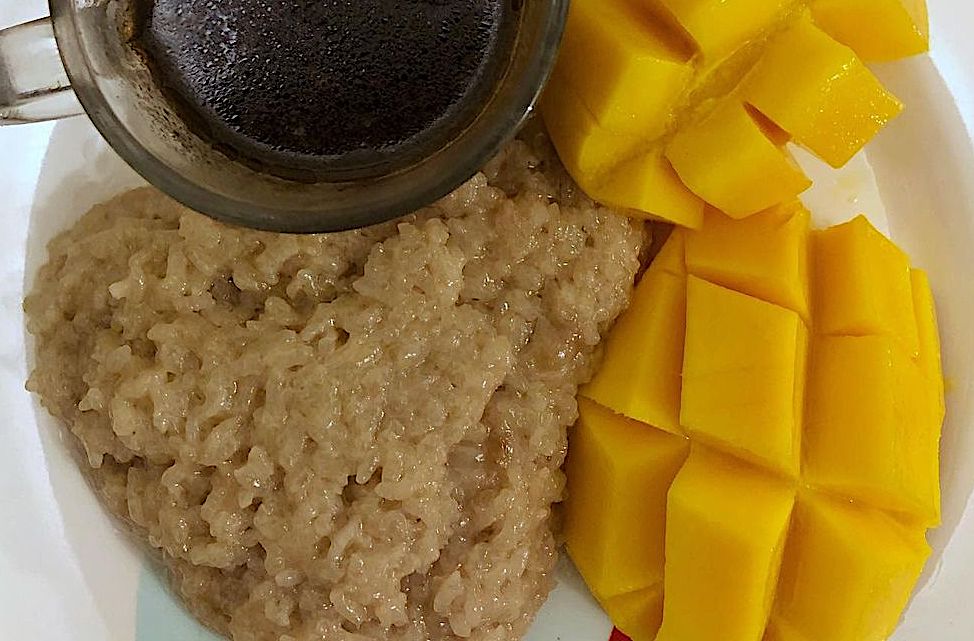
Roasted/baked whole grains
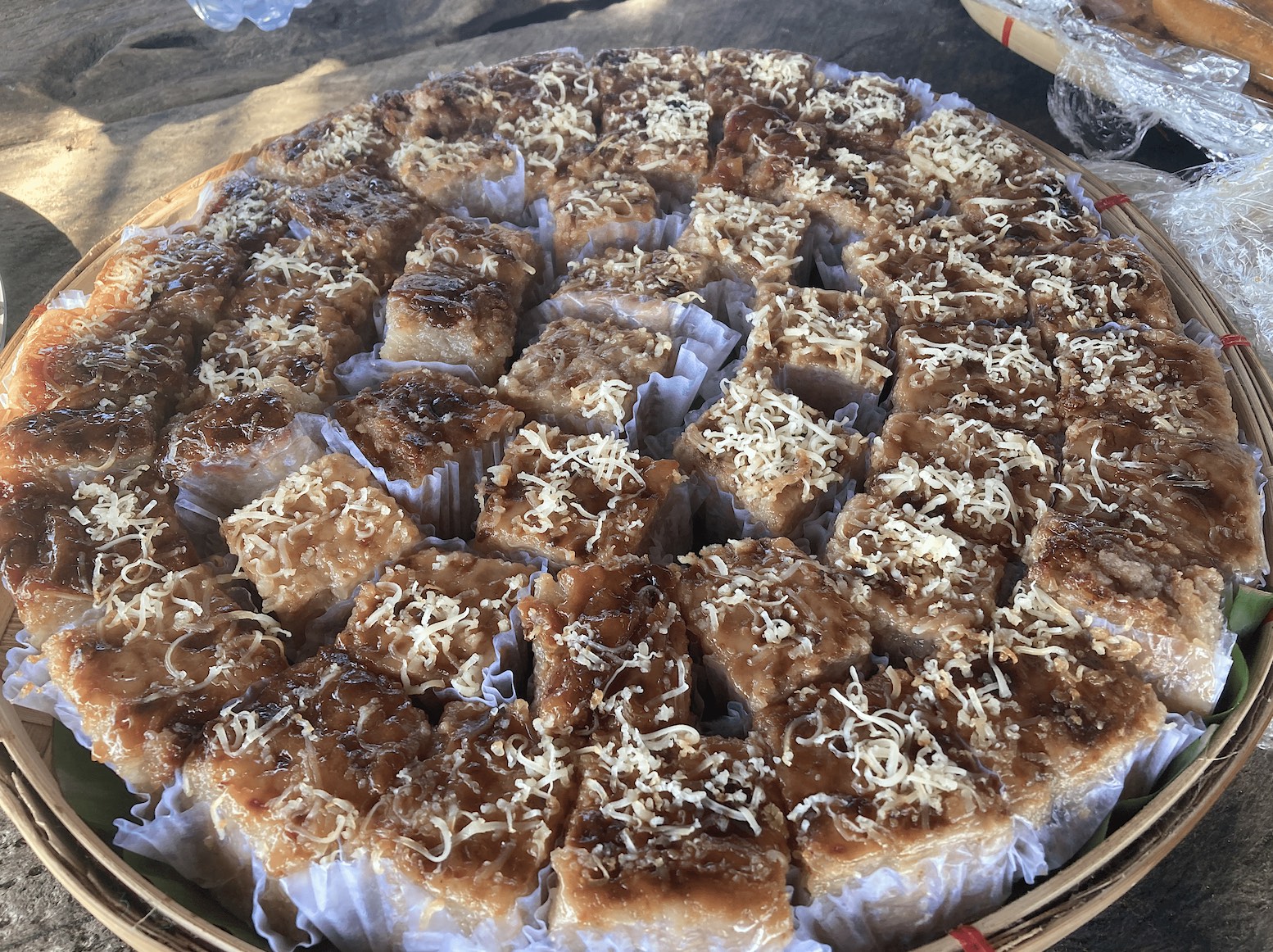
Fried whole grains
